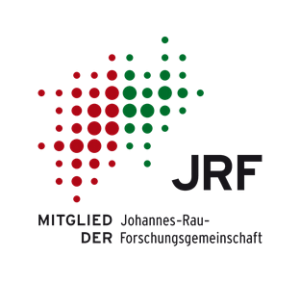01.04.2023 — 31.03.2026
nanodiagBW – Projekt P2
Nanoporentechnologie für die molekulare Diagnostik der Zukunft
Förderer Funding Agency: BMBF
Förderkennzeichen Grant ID: 03ZU1208BC
Nanopores are channels with molecular dimensions. Used in biosensors, they can be used to characterise and differentiate between individual molecules. The nanodiagBW future cluster uses this technology to analyse proteins associated with diseases such as diabetes, Alzheimer’s or cancer.
Sub-project P2, „Solid-state anopore analyser“, combines materials science, MEMS (micro-electro-mechanical systems), CMOS technology, nanostructuring processes, functionalisation of technical surfaces, modelling and simulation, machine learning methods („AI“) with innovative microelectronics and microfluidics. The overarching goal is the establishment of solid-state nanopores. The prerequisite is industrial manufacturability in order to achieve robust and flexible single-molecule sensors. This will create the technological basis for practical point-of-care diagnostic applications using these next-generation nanopores for the first time.
This new technology is based on the measurement of tiny ion currents (~10 nA) through individual, engineered nanopores in solid-state membranes. When entering the pore, biomolecules, e.g. DNA or peptides, partially block this current. Microelectronics makes it possible to measure the resulting current modulation and provides information about the type, sequence or modification of these biomolecules. To date, no applications of solid-state nanopores for the detection and sequencing of DNA and RNA or for the characterisation of proteins have been commercially realised. The advantages of solid-state nanopores, such as robustness, flexibility, scalability and integration, are still hampered by unsolved problems in concept, design, fabrication and functionalisation. This project aims to solve the corresponding problems.
The project pursues at least two possible approaches: biomimetic solid-state nanopores are constructed analogous to biological nanopores, while a disruptive approach envisages the realisation of lateral nanochannels. The lateral solution decouples the electrostatic attraction of DNA and RNA through conducting nanochannels from the detection of base-specific currents between nanogap electrodes. Both lateral nanochannels and integrated nanogap electrodes are the technological challenges behind these novel devices.
Further information on the cluster website: https://www.hahn-schickard.de/nanodiag
The nanodiag BW cluster is funded by the Federal Ministry of Education and Research (BMBF) as part of the „Cluster4Future“ initiative.




